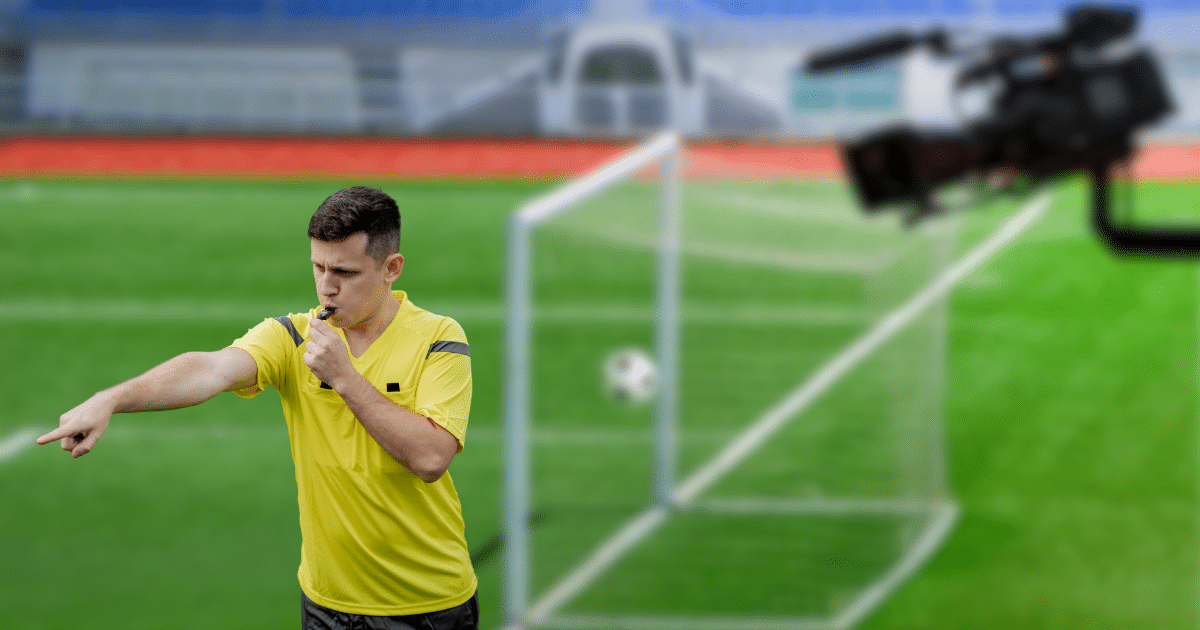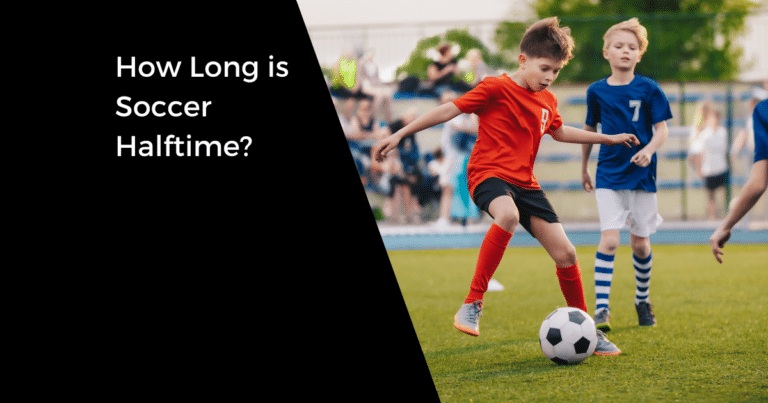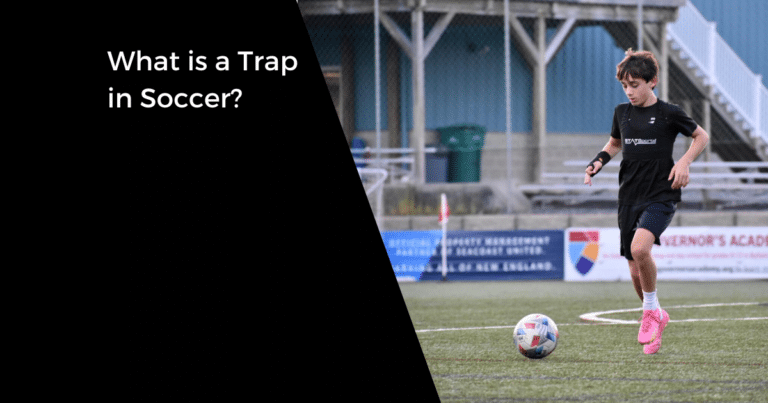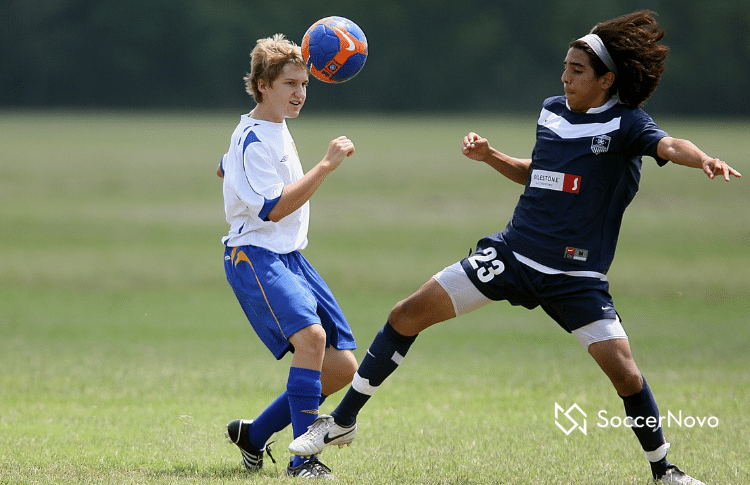What is VAR in Soccer?

VAR stands for ‘video assistant referee’ and is a soccer match official who assists the field referee in the event there is a clear error or missed incident related to a goal or penalty.
From making a split-second decision to providing an advantage to calling offsides and everything in between, officials carry a lot of responsibilities to make the correct call.
But, as we know, officials are human too and can easily make mistakes.
For this reason, the VAR comes into play to either confirm a play call or overturn it.
How Does VAR Work?
On the field, multiple cameras record what happens during the soccer game. There are different video angles to the game.
This allows the referee to zoom in on certain scenes or slow them down to notice potential errors of judgment on the field.
When this occurs, the head referee can talk to the VAR team and check for any errors.
This helps him or her decide the outcome of the situation accordingly. VAR helps the referees make better calls by viewing the replays.
Does VAR Exist in Youth Soccer?

No, VAR does not exist in youth soccer. Youth soccer games do not have the technology and the resources to have video replays and extra referees.
When Does a VAR Come Into Play?
Errors that the VAR may help the referee with include:
- Penalty or no penalty
- Goal or no goal
- Accidentally sending the wrong player off the field
- Direct red cards
No matter which of the above situations happened, the VAR can only intervene when a referee has already made a decision.
VARs can also analyze whether the referee’s decision to let the play continue was the correct one.
In the end, it is not the VAR who makes the final decision, but the head referee. The VAR’s information can only aid the head referee in making the best decision possible for that particular play.
What is the VAR Not Allowed to Review?
VARs are not allowed to review:
- Corner kicks
- First and second yellow card decisions
- Handballs (when there is no goal or penalty decision)
How Did VAR Become a Thing?
The VAR doesn’t have much of a history (unless you’re reading this in 2072).
It all began during the 2012-2013 season in the highest Netherlands football league with the Eredivisie Referee 2.0 project. The program had to be tested first, and the results were very promising.
Subsequently, the Royal Dutch Football Association gave the International Football Association Board (IFAB) their results.
Following more testing by the IFAB, it was time for VAR to see the light of day. The technology was first implemented during the match between PSV and FC Eindhoven in July of 2016.
Then, in that same year, it was also introduced to the Major League Soccer (MLS) game.
The VAR allowed for the right calls to be made twice, which is what allowed it to be promoted even more and eventually become more mainstream. As such, the FIFA Club World Cup in 2016 also included the VAR.
Moving forward, the Portuguese Football Federation also began taking advantage of VAR and adding it to their games. Italy, France, and England also started incorporating it in their matches in 2018.
As a result of the positive outcomes, VAR was added to the Laws of the Game by IFAB in 2018.
Does VAR Have a Time Limit?

While VAR is very useful, the issue with it is that it has no time limit. This can get boring for many impatient fans.
The good news is that you do not have to wait too long until the VAR reviews all the images and offers information to the head referee. This usually takes a few minutes to do so, then they explain everything to the referee.
Conclusion
Whether you want to pay more attention to the VAR when you watch soccer matches or work as a VAR yourself, you should know what it involves. I hope this article helped you understand this useful technology.
VAR is very important as it can notice potential mistakes or things that other officials may have missed.
It will then provide the head referee with this information and allow them to make the right decision.
It almost eliminates heartbreaking outcomes that are determined by human error.
Does it take away the flow of the game? A little. Does it make the calls more fair? Yes.

Written By: SoccerNovo
SoccerNovo is an independent youth soccer media brand built to help parents, players, and coaches better understand the game and the pathways available in U.S. soccer. Our mission is to make youth soccer simpler, clearer, and more accessible for everyone involved in it.
Let’s connect






